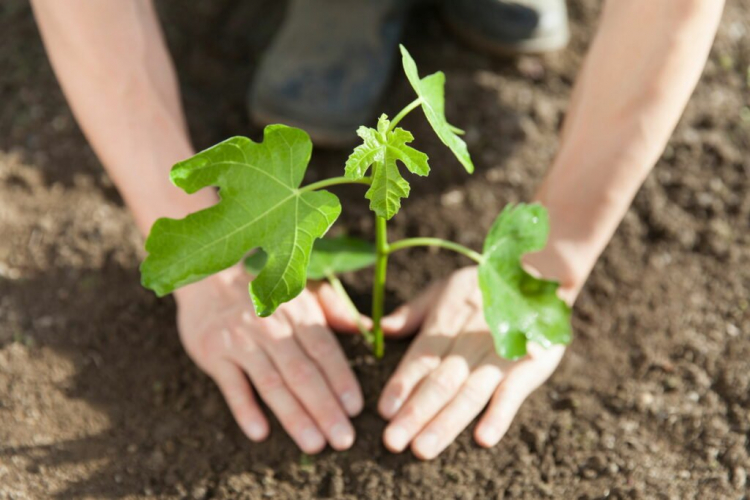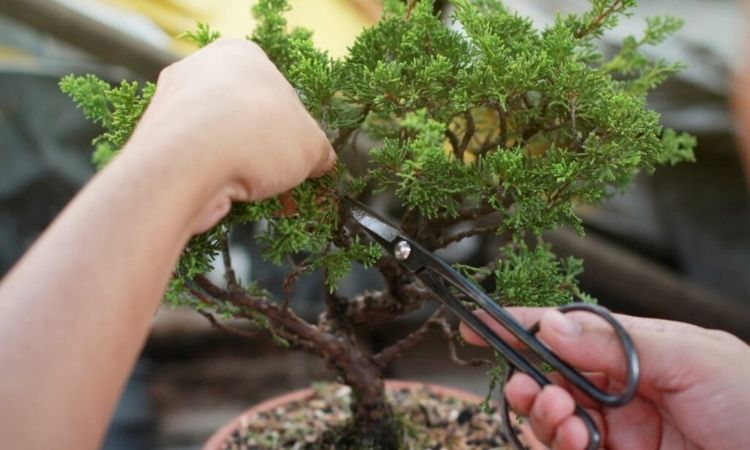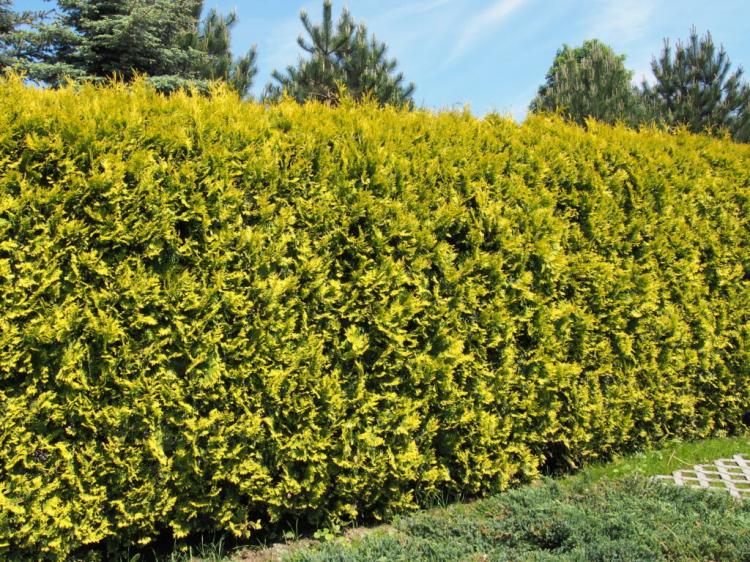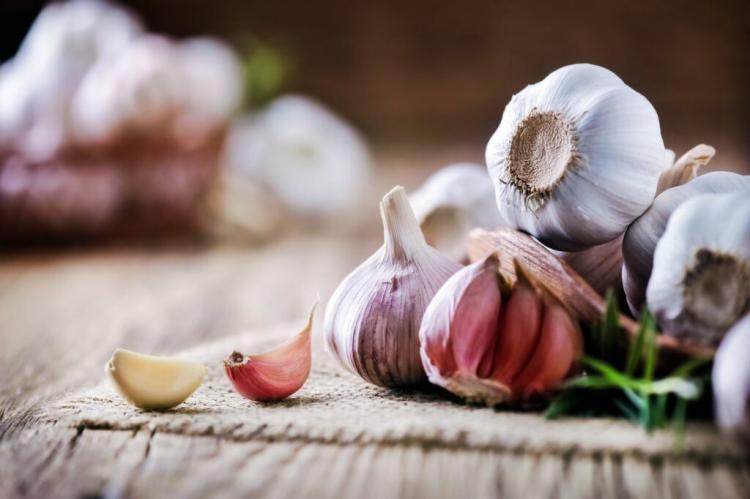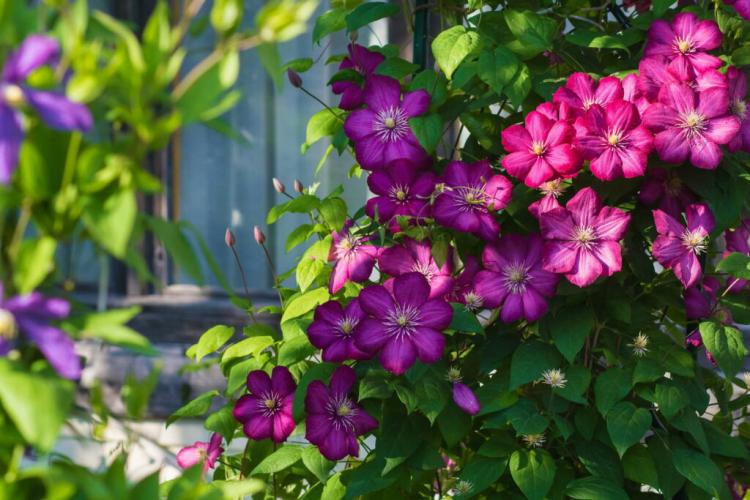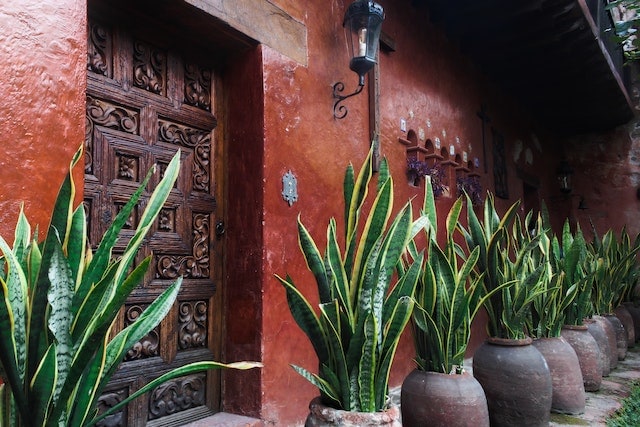Fig Tree Plants: Professional Tips On Location And Procedure
If you want a Mediterranean flair in your garden, you should plant a fig tree. We show how to do this and what the right location looks like. There it is, the real fig tree ( Ficus carica ). But when, how, and where should it actually be planted? Fortunately, fig-trees aren’t exactly that complicated. The main thing is that it is nice and warm. You can find out the most important things about planting your fig tree here.
You have the choice whether you plant your fig tree in the garden or rather keep it in a tub. Both have their advantages and disadvantages. However, only hardy fig tree varieties should be planted.
Planting a fig tree: the perfect location
Table of Contents
Since the fig tree comes from the Mediterranean region and the climes as far as the Orient, it is used to a warm climate and lots of suns. So put it in a sunny and warm place. He feels most comfortable in front of stone walls and house walls that radiate warmth. This also protects him from drafts, which he doesn’t like at all. The pH value of the soil or the substrate should be approximately neutral to slightly acidic, i.e. between 6.0 and 7.0.

When to plant a fig tree
Winter is pure stress for the fig tree, which is not adapted to excessively cold temperatures. Since planting out a plant is always an additional burden, as it first has to adapt to the new conditions, the fig tree should definitely be planted out in early spring. So it has enough time until autumn to anchor itself in the ground and spread its roots. You can plant your fig tree as soon as the last frosts are over. Repotting potted plants should also be done in spring.
You might so like: Fertilizing Thuja: Care Tips For The Tree Of Life
Planting a fig tree: procedure
Although the fig tree is a typical Mediterranean plant, it can very well also thrive in Germany. However, the fruits only ripen in self-pollinating varieties, as the necessary pollinators are missing north of the Alps. However, only hardy fig tree varieties should be planted. However, since these seldom survive temperatures below -15 ° C, planting them out is only worthwhile in mild regions of Germany. The Rhineland or regions near the coast are well suited, but in principle, it can be said that any region in which vines are also cultivated is suitable.
Once you have found the right location and variety, you can start planting. Note, however, that the fig tree grows in width. So it shouldn’t be squeezed into a corner. To give your fig a good start, you should work some compost, manure, or a portion of organic universal fertilizer into the soil after planting.
Summary of the procedure for planting fig trees:
- Choosing a hardy variety
- Choose a location with enough space for the tree to spread
- Dig a sufficiently deep hole, about 10% deeper than the root ball is high
- Loosen the soil when it is compacted
- Loosen the root ball and place it in the hole
- Fill the hole and cover the roots with a layer of earth
- Work compost, manure organic universal fertilizer into the soil
- Press the soil lightly and water the fig tree well
You might so like: Lemon Tree Plants: Professional Tips On Timing, Location, And Procedure
The plant fig tree in a pot
Especially in cold regions of Germany, where there is heavy frost in winter, you should rather keep your fig in a pot and bring it in in winter. In principle, your fig tree in the pot naturally has the same requirements as a planted specimen, but it is a little more demanding when it comes to watering and fertilizing. You can use standard garden soil as a substrate and mix it with some compost and sand. Here you can find out more about caring for your fig tree.
Care for the fig tree after planting
After planting, your fig tree needs water most of all. Regardless of whether it is planted out or in a pot, the roots have to spread out first, which is why regular watering is essential in the first few weeks. Fertilization is usually not necessary at first, as the tree is initially adequately supplied by the new substrate. You can find out more about fertilizing fig trees here.
